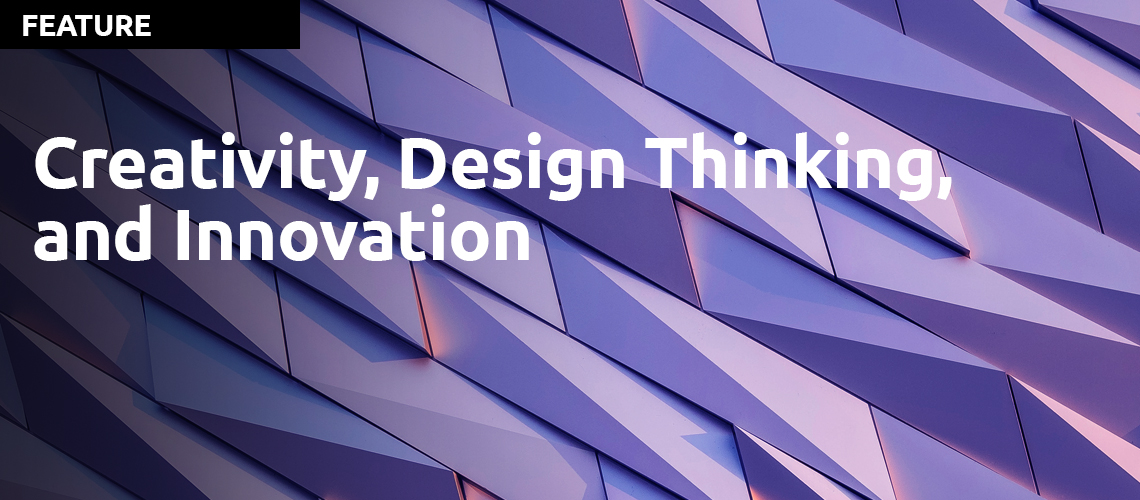
Creativity, design thinking, and innovation are all important concepts in the business world, and they are closely related. Each of these concepts plays a critical role in driving growth and success for businesses. However, there are also critiques of these concepts that must be taken into account.
Creativity is the ability to generate new ideas, concepts, or solutions. In business, creativity can lead to new products or services, better marketing strategies, and more efficient processes. Creativity is especially important in today's fast-paced, ever-changing business environment, where companies must constantly adapt to new technologies, customer needs, and competitive pressures.
One critique of creativity is that it is often seen as a "soft" skill, one that is not easily measurable or quantifiable. This can make it difficult for businesses to justify investments in creativity, particularly when faced with other, more tangible priorities. Additionally, creativity can sometimes be seen as a talent that only certain individuals possess, rather than a skill that can be developed and nurtured in all employees.
Design thinking is a problem-solving methodology that focuses on understanding the needs of the user or customer. This approach emphasizes empathy, experimentation, and iteration, and it has been used successfully by many companies to create innovative new products and services. By putting the needs of the user at the center of the design process, companies can create solutions that are more likely to be successful in the marketplace.
One critique of design thinking is that it can be too focused on the needs of the user, to the point where other important factors are overlooked. For example, design thinking may prioritize the user experience over considerations like cost, feasibility, or environmental impact. Additionally, some critics argue that design thinking can lead to "design for design's sake," where form takes priority over function.
Innovation is the process of creating something new or improving on an existing idea or product. Innovation can take many forms, from incremental improvements to radical new ideas that disrupt entire industries. In today's business environment, innovation is essential for companies to stay competitive and meet the evolving needs of their customers.
One critique of innovation is that it can be difficult to achieve in practice. Many companies struggle to create a culture of innovation, where employees are encouraged to take risks and try new things. Additionally, innovation can be a costly and time-consuming process, and many companies may be hesitant to invest resources in uncertain outcomes. Finally, some critics argue that innovation can lead to a focus on short-term gains at the expense of long-term sustainability and social responsibility.
Despite these critiques, creativity, design thinking, and innovation remain essential concepts for businesses. Here are some best practices for incorporating these concepts into your business strategy:
-
Encourage a culture of creativity: Creativity should be valued and encouraged at all levels of the organization. Leaders should create an environment where employees feel comfortable sharing their ideas and taking risks.
-
Use design thinking to understand your customers: By focusing on the needs of your customers, you can create products and services that are more likely to be successful in the marketplace. However, it's important to balance user needs with other important considerations like cost, feasibility, and environmental impact.
-
Foster a culture of innovation: Innovation requires a willingness to take risks and try new things. Leaders should create a culture where employees feel empowered to experiment and try new ideas.
-
Invest in research and development: Innovation requires resources, both financial and human. Companies that invest in research and development are more likely to create new and innovative products and services.
-
Emphasize collaboration: Creativity, design thinking, and innovation are all collaborative processes. Encourage employees to work together and share ideas to create better outcomes.
In conclusion, creativity, design thinking, and innovation are essential concepts for businesses. While there are critiques of these concepts, they remain important tools for driving
